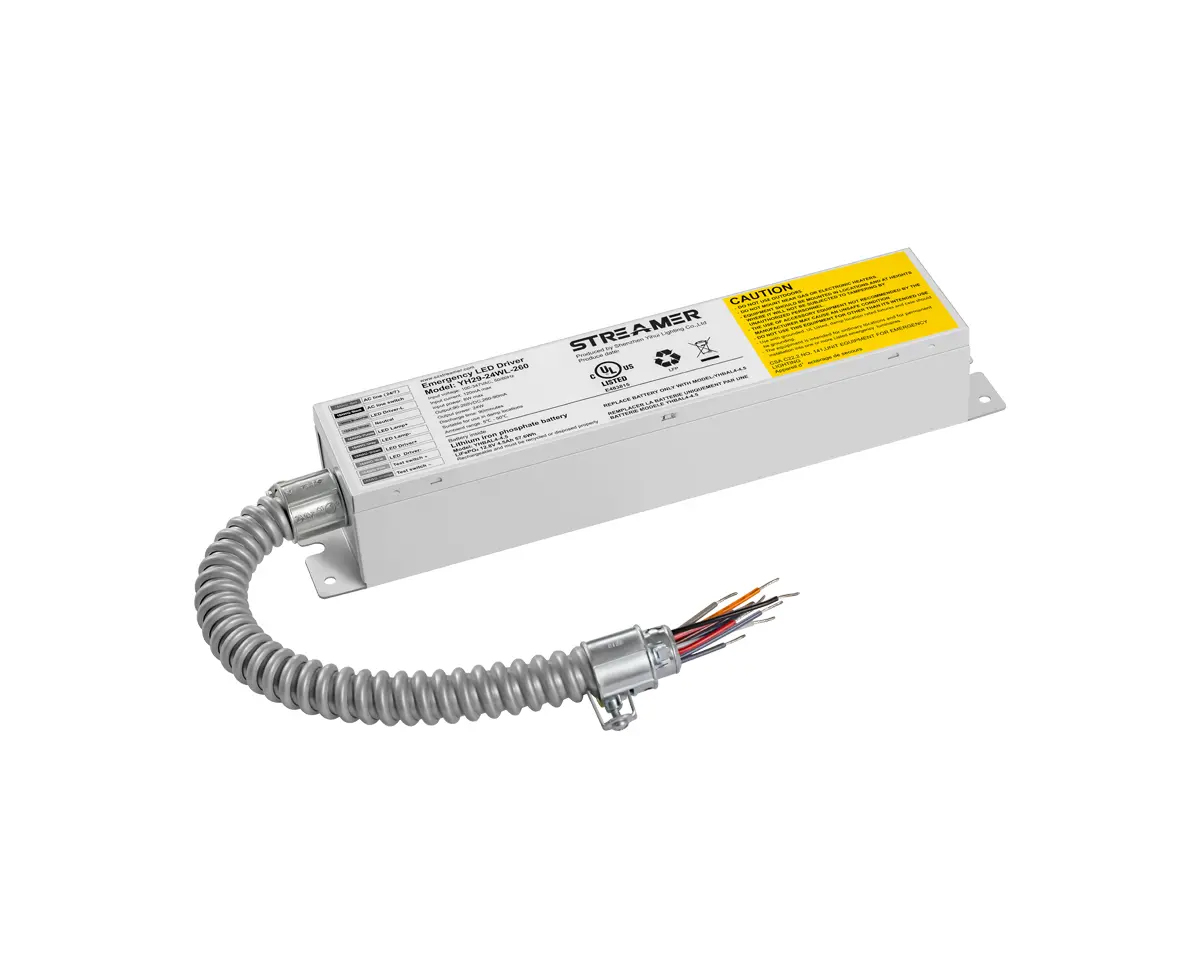 1
1
 Jun 06, 2025
Jun 06, 2025

The power system configuration of emergency drivers is a complex and critical aspect that determines the driver's performance, reliability, and adaptability in emergency situations. It involves the selection and integration of multiple components, including power sources, energy storage devices, power conversion units, and control systems.
For power sources, a variety of options are available, depending on the specific requirements of the emergency driver. Diesel engines are commonly used due to their high power output and long - range operation capabilities. However, in recent years, there has been a growing trend towards using more environmentally friendly power sources, such as natural gas engines or electric motors. Electric motors, when powered by rechargeable batteries or fuel cells, offer the advantages of zero emissions, quiet operation, and relatively low maintenance. Energy storage devices, such as batteries and supercapacitors, are crucial for storing electrical energy and ensuring a continuous power supply during emergencies. High - capacity lithium - ion batteries are popular for their high energy density and long cycle life, while supercapacitors can provide high - power bursts for short - duration applications.
Power conversion units, such as inverters and converters, are used to convert the electrical power from the power source or energy storage device into the appropriate form required by the load. For example, an inverter is used to convert direct current (DC) from batteries into alternating current (AC) for powering AC - powered devices. The control system is the brain of the power system, coordinating the operation of all components. It monitors the power levels, voltage, current, and temperature of each component, and adjusts the operation of the power system in real - time to ensure stable and efficient power output. A well - designed power system configuration can not only meet the emergency power needs but also optimize energy utilization and enhance the overall performance of the emergency driver.